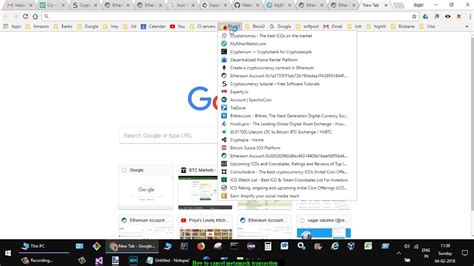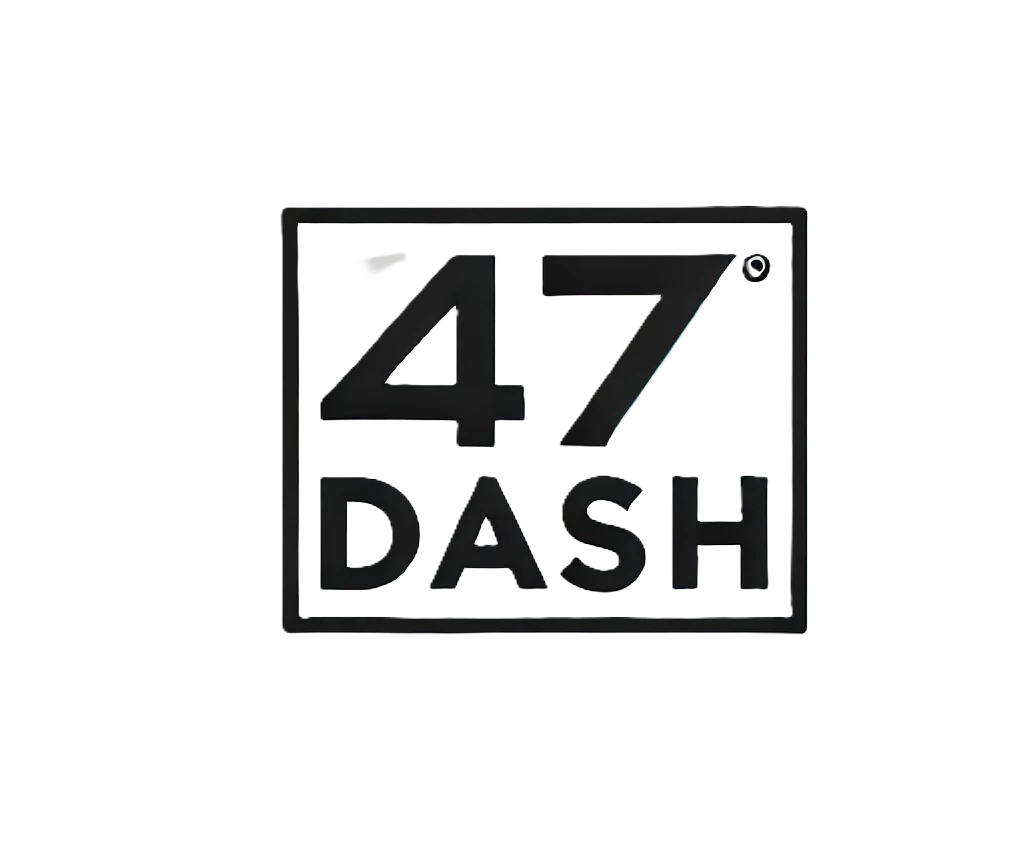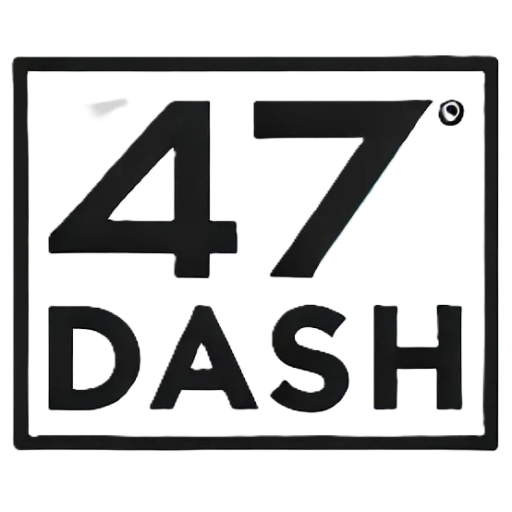Blog
Metamask: What is Metamask waiting for when there is a pending transaction?
Understanding Metamask Pending Transactions
As a developer building custom remote procedure call (RPC) endpoints for decentralized applications (dApps), you are probably familiar with the concept of pending transactions on the blockchain network. When it comes to pending transactions, a common question is: What is taking up memory while my application is waiting for a confirmation?
In this article, we examine Metamask’s behavior and provide insights into its pending transactions.
What is Metamask?
Metamask is a popular browser extension that allows users to interact with their Ethereum wallet and access various dApp applications. It acts as an intermediary between the user’s local blockchain storage and external applications they want to use.
Pending a transaction on RPC
When you make a transaction using your custom RPC endpoint, Metamask creates a “pending” transaction in its database. This is standard practice, as some dApps need to wait a certain amount of time (e.g. 1 hour) before updating their interface with transaction details.
Why is Metamask constantly waiting?
In your case, if you call “sendRawTransaction” and get the pending transaction over RPC, it is likely that:
- Internal processing: Metamask needs to perform internal validation, verification, or other tasks before allowing the transaction to be transmitted.
- External API requests

: Depending on how your custom endpoint interacts with your dApp, you may need to send an external request (e.g. a POST request) to retrieve additional information about the pending transaction.
What does this mean for my app?
If a pending transaction in Metamask is waiting for confirmation, your request should continue to wait patiently. However, there is a subtle difference:
- Your app will not be blocked: Unlike other wallets that can delay or freeze transactions, you will not have issues with your application being blocked.
- Transaction processing may take longer: Since the pending transaction is processed internally by Metamask, it may take a little longer for your request to receive a confirmation (e.g. 10-20 minutes).
Best practices
To ensure seamless interaction between your custom RPC endpoint and Metamask:
- Implement a timeout mechanism: Set a reasonable timeout value for the pending transaction so that you can detect when the pending transaction has been resolved.
- Use asynchronous communication: When sending an external request (e.g. to retrieve additional information), use asynchronous programming techniques to minimize blocking of your application.
- Keep your RPC endpoint up to date: Update your custom RPC endpoint regularly to ensure it remains compatible with the latest version of Metamask.
By understanding pending Metamask transactions and implementing best practices, you can provide your dApp users with a more efficient and user-friendly experience.

